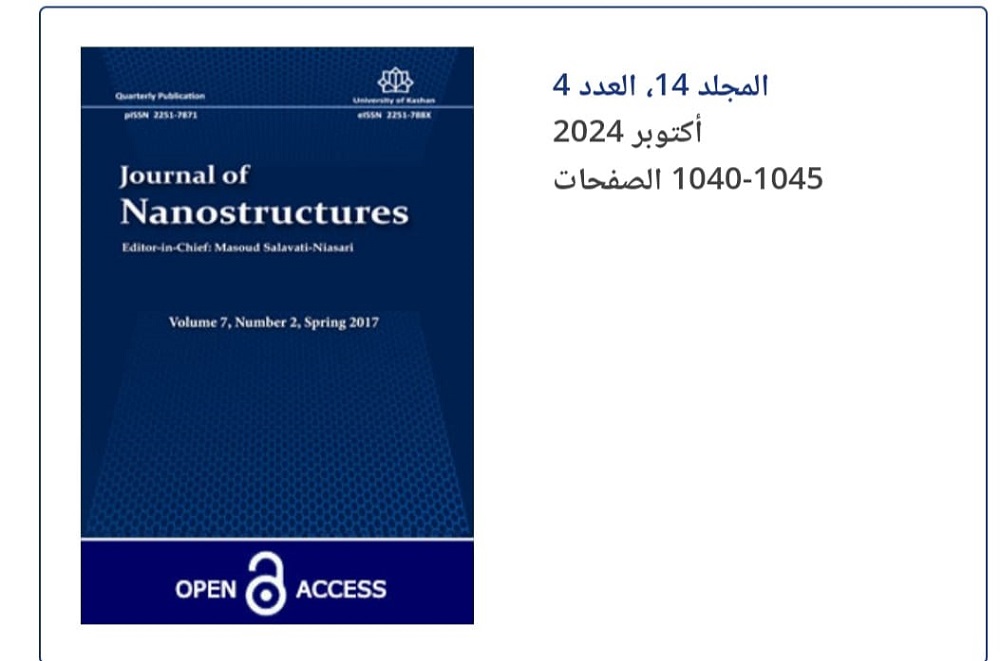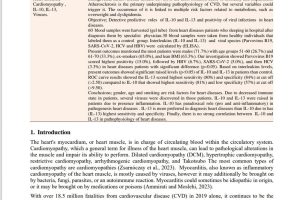A faculty member publishes a research paper in an Iranian journal
A faculty member (Salih Saood Yagoub) from the Department of Biology, College of Education for Pure Sciences, has published a research paper titled ” Preparation of Co3O4 Nanoparticles and Studying the Antibacterial Activity on Bacteria Isolated from the Aquatic Environment of the Diyala River” in the Journal of Nanostructure, a journal indexed in Scopus.
The sol-gel method, which involved dissolving cobalt nitrate in distilled water to create a solution, adding urea, heating the solution for an hour at 110 °C to create a gel, and drying the gel for an additional hour at 280 °C to create cobalt oxide powder, was used in this study to create cobalt oxide nanoparticles. The finished product was compared to the (ICCD) card number 96-900-5889 and analyzed using the X-ray diffraction method. It was found that the material has a cubic crystal structure. The crystal size (29.2 nm) was calculated using the Debye-Scherer equation. The antibacterial activity of cobalt oxide nanoparticles was then examined on a culture of Escherichia coli bacteria cultured in Molar Hinton agar by producing cobalt oxide as a circular disc and placing it inside the bacteria. It was discovered that a zone had developed around the disc, suggesting that no bacteria had grown there. It suggests that certain microbes are susceptible to the antibacterial effects of cobalt oxide nanoparticles.

اخر تحديث في 12/02/2025




